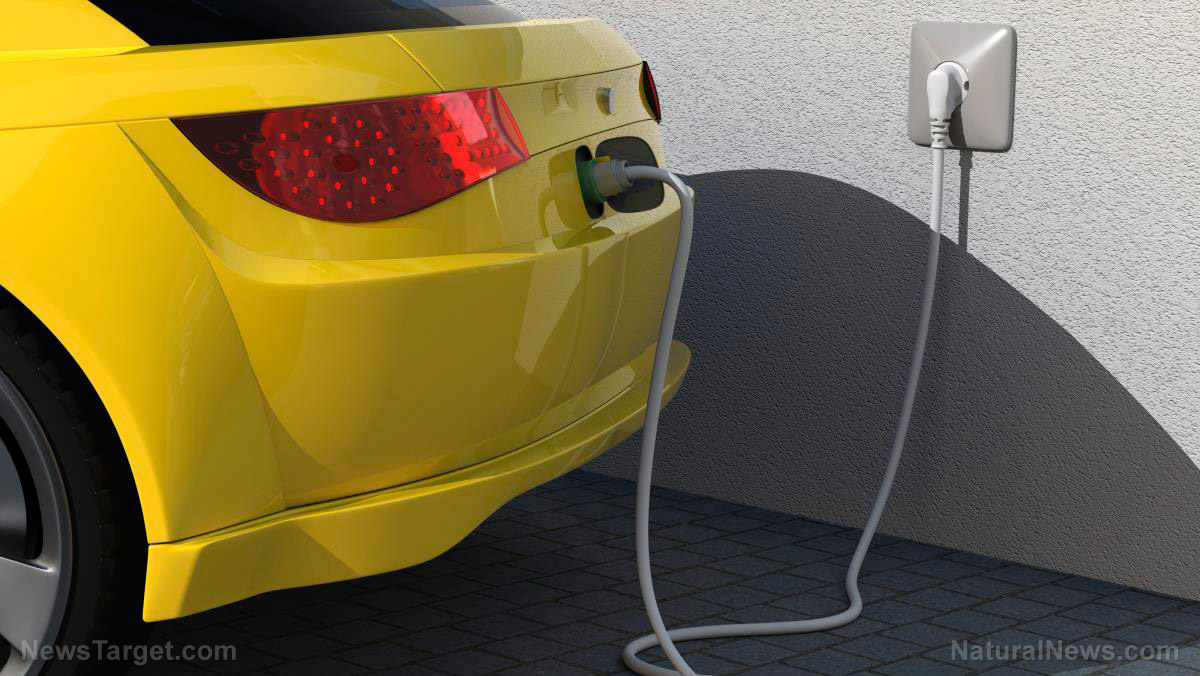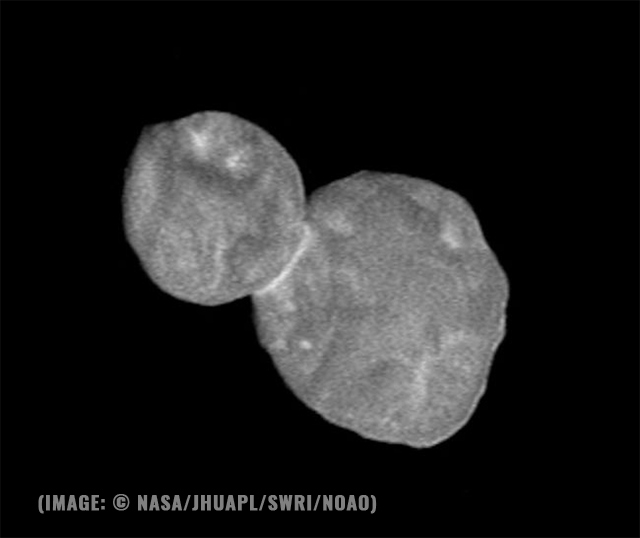New magnet technology called HyMag could pave the way for affordable, eco-friendly electric- and hybrid-powered vehicles
03/27/2019 / By Vicki Batts

Electric and hybrid cars have long billed themselves as the “green” alternative to gas-powered vehicles. But in more recent times, the electric vehicle industry has come under fire for misrepresenting how green their products really are. Recent reports show the environmental ramifications of electric cars are actually going to be worse than that of cars relying on traditional gas and will produce more pollution. But a new development from scientists at the U.S. Department of Energy’s (DOE) Argonne National Laboratory may just change that.
Known as HyMag, scientists at Argonne have developed a new magnetic technology that may just change the face of the electric car industry — and who knows what else.
New magnet technology comes to life
According to reports, HyMag technology will ” benefit virtually any technology that draws power from electric motors or generates power from generators.” Even battery-powered devices such as power tools and wheelchairs may be improved with the advent of this new tech.
Through the addition of “enhancing layers” to the structures which make up a magnet motor, the scientists at Argonne were able to improve the magnetic flux density. And with higher flux density comes increased efficiency — and increased energy production.
As sources explain, flux density is a feature of permanent magnets which can be used to generate power.
HyMag’s inventors, Kaizhong Gao and Yuepeng Zhang, say that “the gain in the magnet’s usable flux density ranges from 10 to 30 percent, depending on the application and working temperatures,” — provided that it is designed correctly.
Gao, group leader of Nanomaterials, Devices, and Systems at Argonne, explains that this increase in efficiency will lead to either more energy produced, or a reduction in energy losses. According to Zhang, magnet energy had reached a plateau over the last two decades, due to a stagnation in material solutions. But as a material scientist, Zhang and fellow researchers have revolutionized magnet energy.
The scientists arranged layers of hybrid materials to prevent flux leakage in permanent magnets. They say HyMag can even be adapted to fit the needs and challenges of the private sector. “If we know the application we can tailor the layers for that application,” Zhang commented.
Making green energy greener
One of the most promising things about HyMag is its potential to make “green” energy greener, more affordable and more efficient. Electric cars and other initiatives from the green energy movement have been heavily scrutinized for their potential to wreak havoc on the environment, high costs and low efficiency. But according to the Argonne scientists, HyMag can benefit virtually any aspect of the energy industry that relies on generators or electric motors.
For example, some applications “may compositionally require up to 90 percent less heavy rare-earth elements, such as dysprosium and gadolinium, by weight, than the regular magnets that have similar performance.” Many of these metals are in short supply, and as such, are quite expensive. They can also be hard to recycle — yet they’ve been a staple feature of “green” electric cars.
In addition to changing electric cars for the better, HyMag may also revolutionize the construction of wind turbines, enabling them to produce more energy at a lower cost.
Sustainable energy is on everyone’s minds these days, but not all green energy is made equal. The demand for green energy that relies on green technology is increasing. The development of sustainable ways to obtain energy is crucial; otherwise, many of our “green” efforts will be for naught.
See more stories about green energy and more at Environ.news.
Sources for this article include:
Tagged Under: breakthrough, cars, Chemistry, clean power, cool tech, discoveries, Ecology, economics, electric cars, electric vehicles, environment, future tech, green energy, green power, hybrid cars, HyMag, inventions, magnet technology, physics, technology



















